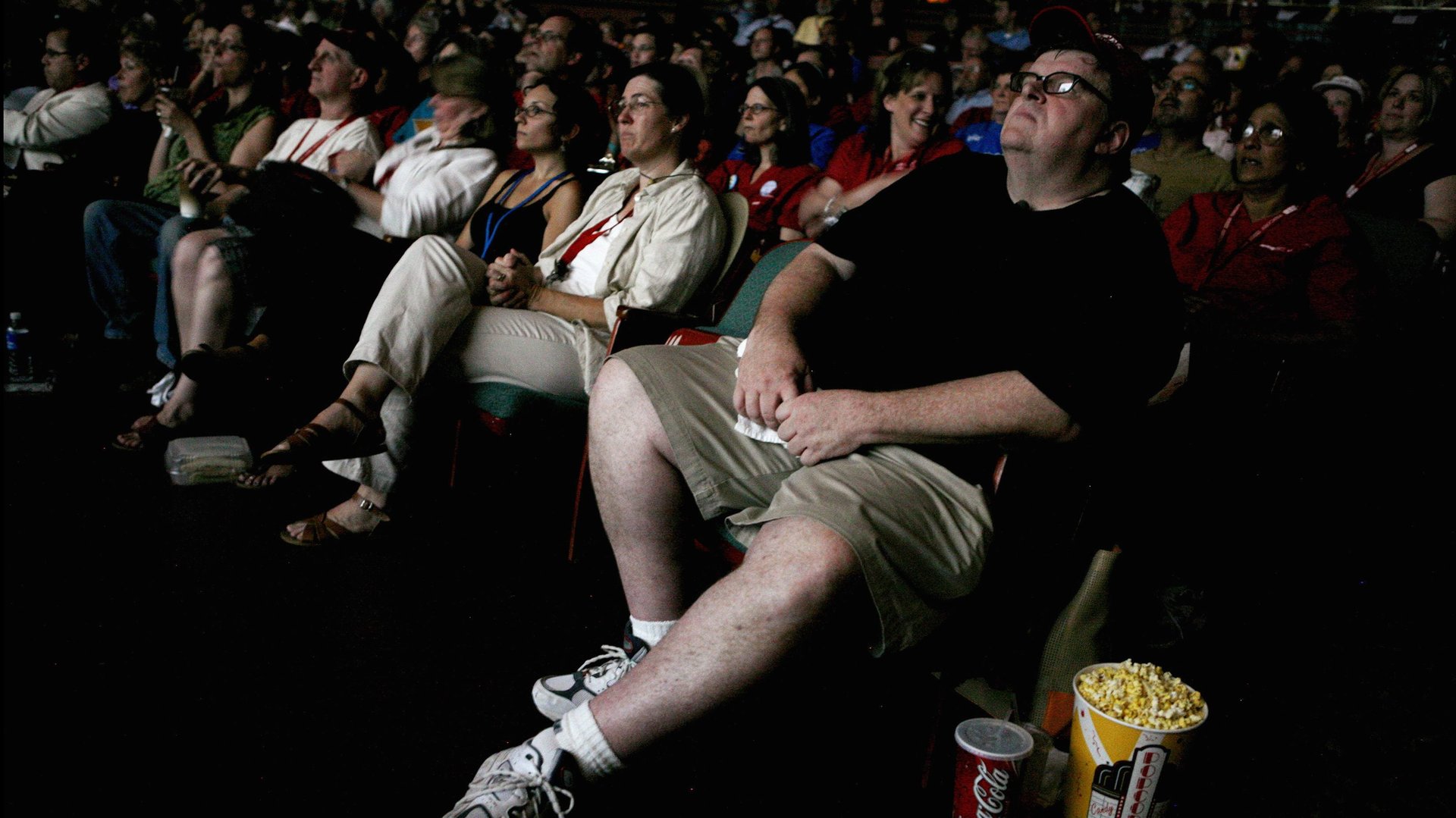Movie studios think you’ll pay crazy amounts of money to watch movies still in cinemas at home
US movie studios seem totally out of touch with how much people will pay to watch new releases at home.


US movie studios seem totally out of touch with how much people will pay to watch new releases at home.
With DVD sales shrinking, studios like Warner Bros. and Universal are pushing to get new movies in front of more viewers by offering electronic rentals weeks after titles are released in theaters instead of months. But theater chains, like AMC and Regal in the US, usually enjoy an exclusive screening period of 70-90 days.
To get this past them, studios would have to charge consumers exorbitant prices—and give the exhibitors a cut.
Warner Bros. first suggested charging $50 to rent, not even own, new movies as soon as 17 days after they debuted in theaters, Variety reported. That’s roughly double the price of a DVD and nearly 10 times the cost of a movie rental on iTunes or Amazon Video, which usually runs between $4 and $6.
But it came down on price when it realized the average person wouldn’t pay that. Now, Warner Bros. and Fox are reportedly shopping a slightly more reasonable $30 rental offering that would make new releases available electronically 30-45 days after they open. Bloomberg, which reported that Apple was in early talks with studios to be a home for these premium-priced rentals, also said the studios were considering an offering between $25 and $50.
These talks, spearheaded by six of the seven largest US movie studios, have reportedly been underway for more than a year now, and the deals are still far from closing. (Each studio is negotiating independently due to antitrust laws.)
While spending $30 on a single movie rental may appeal to studios, it hardly makes sense for most customers. For comparison, $30 is about what you’d expect to pay at a luxury theater like iPic with table service, cushy reclining chairs, blankets, pillows, and unlimited free popcorn. A 3D or IMAX movie at a typical theater in a high-priced city like New York would run you upwards of $20, too, all said and done.
We crave convenience, but we’re also accustomed to getting it at reasonable price. If customers care enough about a movie to watch it as soon as it hits theaters, they’ll likely watch it in its proper setting for what costs $8.65 on average in the US.
To be sure, families might find the offering appealing if it were cheaper than buying tickets per head at theaters. But they’d be missing out on the cinema experience.
And with services like Netflix and Amazon, and the unprecedented amount of TV out there, there’s no shortage of content to occupy viewers while they wait for the rental to come out in a few months, for less.
Still, the studios are eager to shorten the theatrical window, the industry term for the exclusivity period maintained by cinema operators. As Variety pointed out, they could get more for their marketing dollars by pushing theatrical and home-entertainment rollouts closer together and using one advertising campaign to promote them both.
Last year, a startup called Screening Room divided Hollywood when it similarly proposed charging $50 for 48-hour movie rentals that would be released the same day the titles hit theaters through a $150 set-top box. It was backed by Napster cofounder Sean Parker. But the effort appears to have lost steam.